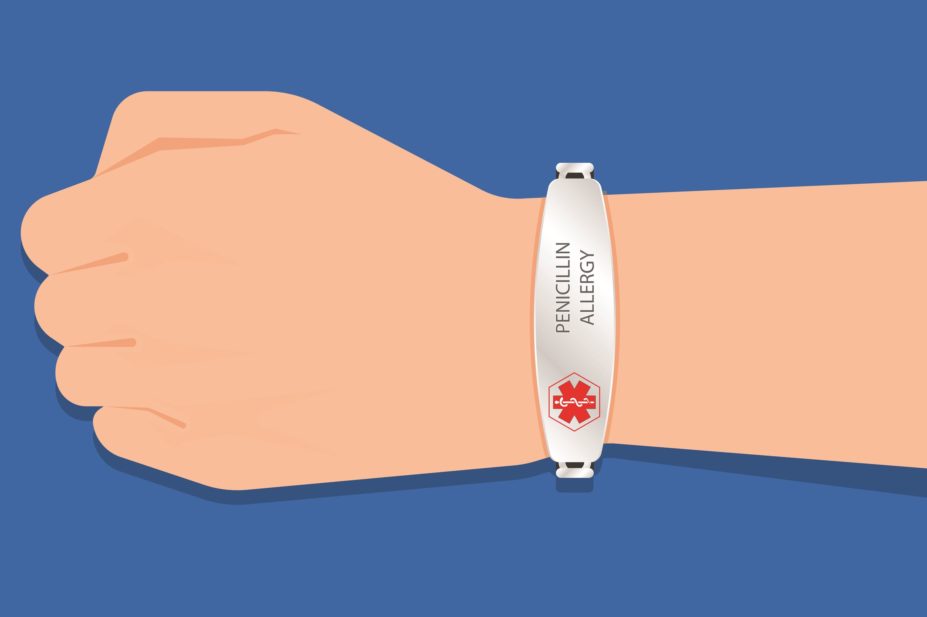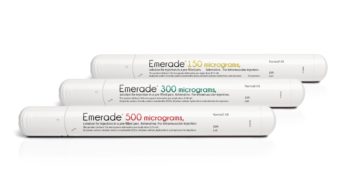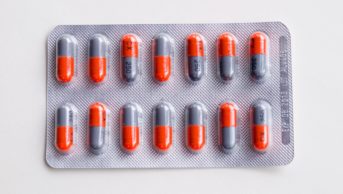
Shutterstock.com
The rising prevalence of penicillin allergies is becoming a major problem. But not because more people are having anaphylactic reactions to penicillin antibiotics — far from it — the literature indicates anaphylaxis occurs in less than 1% of patients who are tested. Instead, it is the lack of an allergic response that is the problem.
Around one in ten people have penicillin allergy mentioned in their patient records — a prevalence similar to that of type 2 diabetes mellitus in people aged over 40 years — and, as we show in this month’s investigation, the incidence in patients admitted to hospital with penicllin allergy has doubled in recent years.
But the twist is that 90% of these records may be incorrect, as patients no longer, or never had, an allergy in the first place. This results in patients being needlessly worried about penicillin and exposed to resistant infections, as well as hospitals’ carefully planned antimicrobial stewardship programmes being placed in disarray.
Testing for a penicillin allergy is a laborious, multi-step process which involves blood, skin, and oral penicillin challenge tests before a label can be confirmed or removed. These tests require input from an allergy specialist, but there is simply not the capacity within immunology departments to test everyone with a label.
The good news is that for patients with a history of low-risk allergy — for example, those who say that they have had a delayed skin reaction after penicillin — it is possible to jump straight to carrying out a supervised oral challenge, forgoing the need for skin allergy testing. This can be done by non-specialists, under the watchful eye of an immunology expert.
Indeed, two studies published in the Journal of Antimicrobial Chemotherapy in 2019 showed that a pharmacy-led penicillin allergy de-labelling service based in the hospital setting was a safe option to promote antimicrobial stewardship and appropriate allergy labelling, and reduce the prescribing of restricted antibiotics. In one of the studies, the researchers found that 98% of patients who were de-labelled had no adverse events
to repeated administration of penicillin antibiotics.
And this could also save the NHS cash. A study published in the Journal of Hospital Infection in June 2020 showed that penicillin allergy records were associated with broad spectrum antibiotic use, increased antibiotic acquisitions costs and increased length of hospital stay. The researchers estimated that de-labelling 50% of patients with a self-reported allergy record would save £5,501 per hospital in antibiotic costs per year and £503,932 per year through reduced excess bed days.
NHS England is looking at the issue of penicillin allergy de-labelling as part of the NHS antimicrobial resistance programme, although no specific details have been released as yet. Later in 2020, the British Society for Allergy and Clinical Immunology will publish guidelines outlining which patients can safely be de-labelled by non-specialists, what methods they should use, and what the safety and training standards should be, to encourage more widespread de-labelling.
We urge policymakers to seize the opportunity here and ensure that these guidelines are adopted in a national programme to de-label those with penicillin allergy, which would be led, ideally, by hospital pharmacy teams. Surely, at the very least, all patients with a recorded penicillin allergy should be tested before surgery as part of pre-operative checks.
It is the right thing to do, saves money and will help preserve effective antibiotics for years to come, so why not start as soon as possible?


